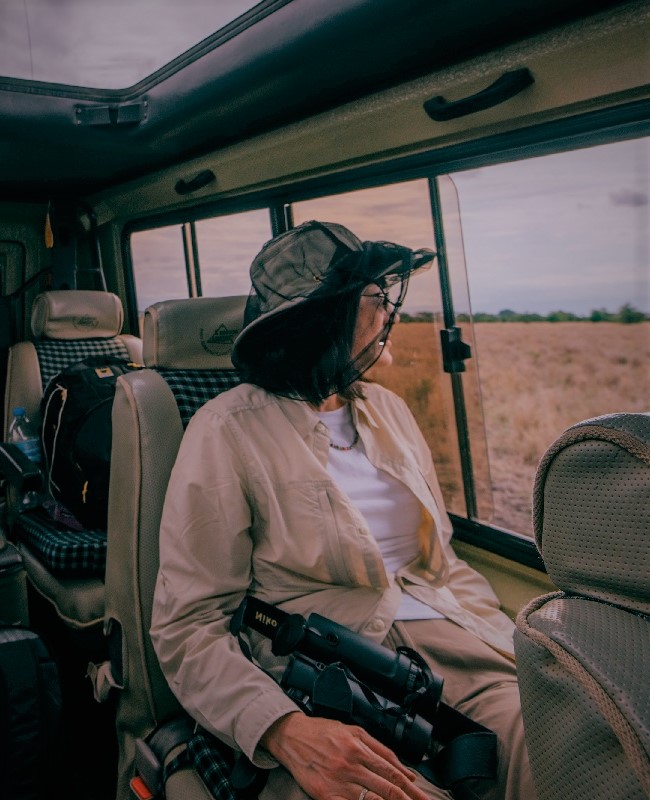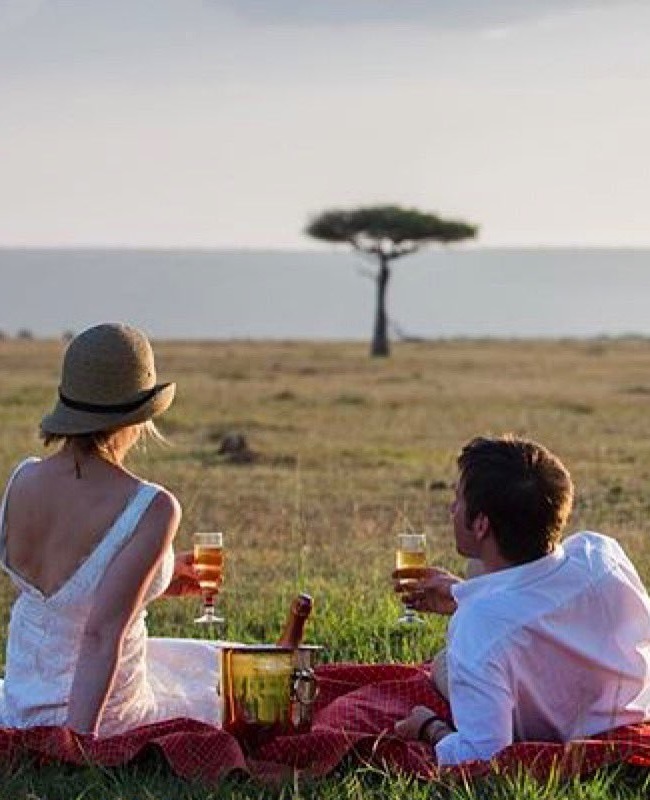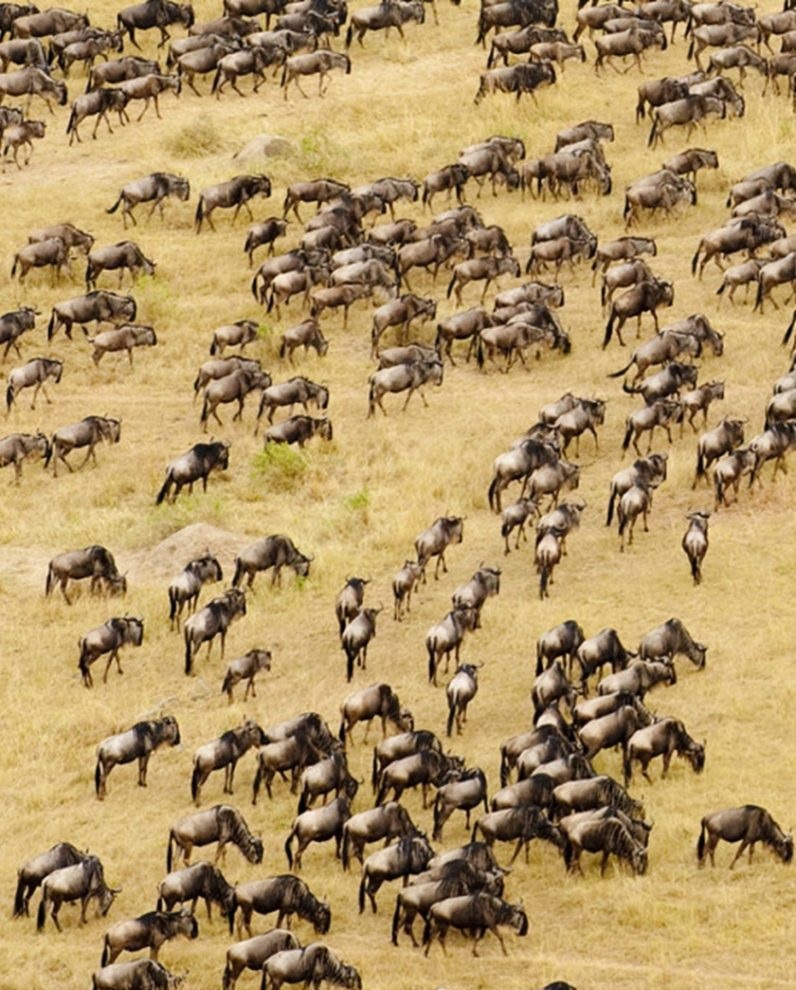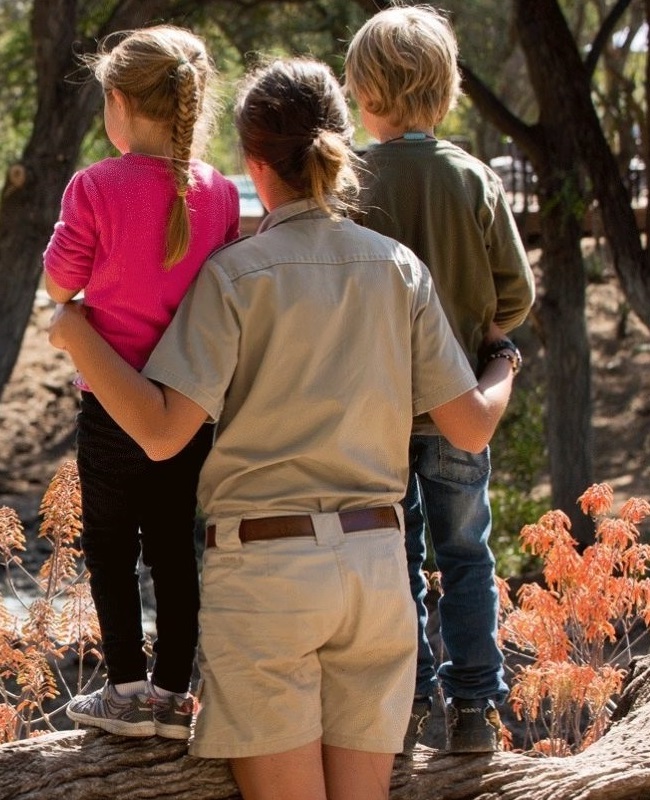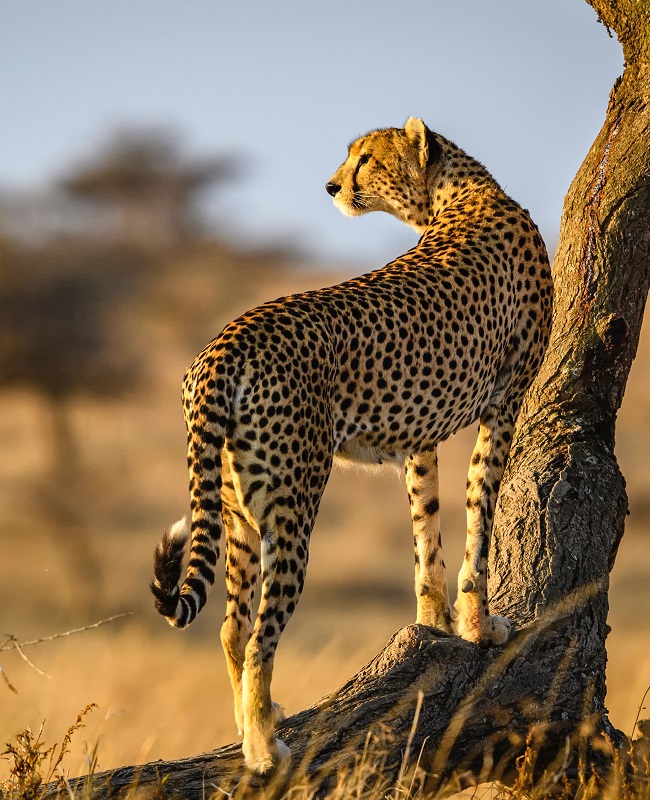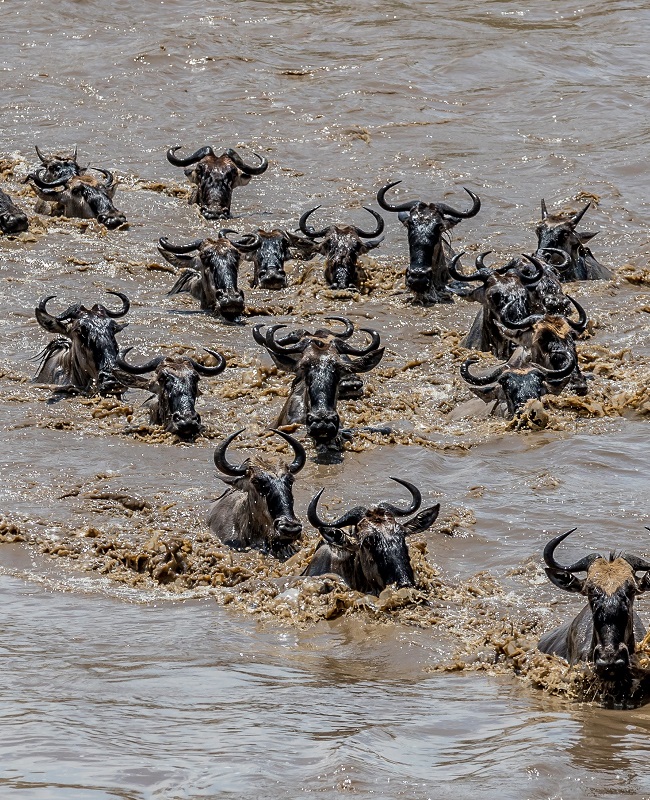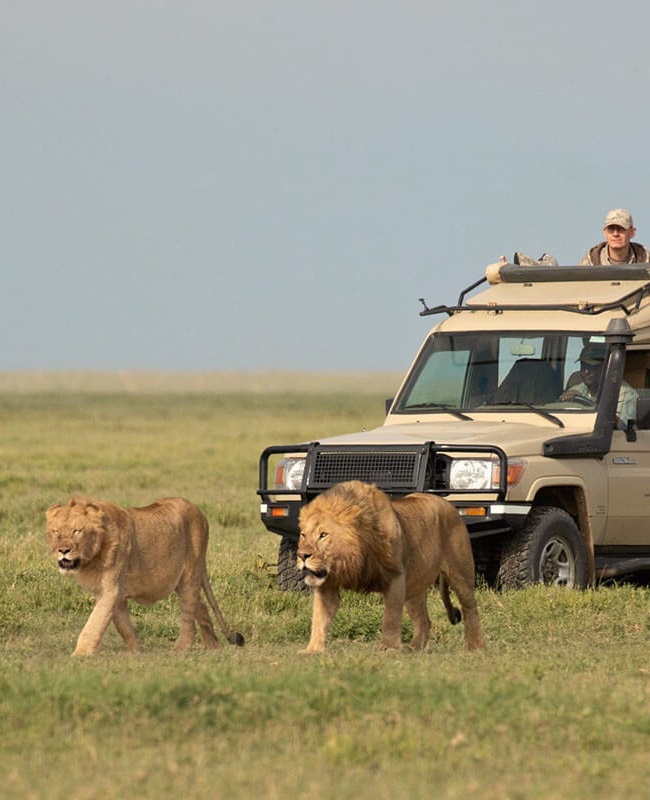Serengeti National Park
Why Serengeti
One of Tanzania’s largest national parks, Serengeti is home to several types of wild creatures, including more than 4,000 lions, 1,500 leopards and cheetahs, and more than 500 different bird species. The name Serengeti comes from the Masaai language and means “endless plains” or “vast plains.” In addition to being flat plains with short grass and sparse trees, Serengeti has its own amazing geographical features, including kopjes that serve as dens for many predators, most notably lions, and long rivers that flow through the park and provide breath taking scenery and unique adventures. What makes the Serengeti in the north more beautiful is the blocked entrance to Masai Mara National Park and on the east boarded with Ngorongoro conservation area, further said Serengeti is divided into northern, Western, Central and southern, all these parts have their own uniqueness and special time to visit if more interested in migration only, although you can visit Serengeti year round.
Due to Serengeti having many visitors annual transport means to reach Serengeti have also been advanced to make it easily accessible. One can access the park either by air or road. By air there are several air strips in Serengeti which includes the Seronera airstrip which is merely the largest strip in the park which accommodates regional and domestic charted planes found in the central part. Kogatende airstrip is among the other airstrip in the region located on the northern part of Serengeti south banks of Mara River. Sasakwa airstrip located on the western part of the park, Lobo Airstrip located on the north-eastern of Serengeti in Lobo area. Serengeti kusini Airstrip located on the southern part of Serengeti and Kirawira B Airstrip which is also located in the western part of the Serengeti close to Grumeti River ideal to catch up with the migration. By road Serengeti has famous entrances and exit gates strategically placed to enter and exit the park as one desires. The gates includes Naabi Hill Gate marked as one of the busiest gate to and from Serengeti, it is located near Ngorongoro which can be accessed with tourist coming from Arusha city. Klein’s Gate located at the north eastern part of the park. Fort Ikoma Gate located at the north western border. Bologonja Gate marks as border gate to and from Kenya located on the northern part of Serengeti. Ndabaka Gate mostly receiving visitors from Mwanza City found on the northern part of the park.
The abundance of wild animals, amazing physical features like kopjes, seasonal rivers teeming with crocodiles and hippos, not to mention the accommodations in the park, are just some of the reasons that make Serengeti a must-see destination. However, the great Migration is what makes the Serengeti stand out above the rest. The view from a hot air balloon over the Serengeti is breath taking; it is typically operated in the mornings, when the vista from above includes a brilliant morning sunset.
As the world’s largest mammal migration, the great migration is one of the Serengeti’s main draws. The wildebeest herd travels up to 800 km from south to north in search of greener, more nutritious pasture. The route taken by the herd is generally safer because predators can be easily spotted and is also good for calving. The wildebeest, which make up the majority of the big migration, are also frequently joined by zebras and gazelles. The herd migrates to the west in search of greener pasture when the south grows drier. The northern region typically receives more rainfall, making it greener, which draws the herd to the north, although the pasture there is typically less nutrient-rich. The constant clockwise movement that begins from the south to west and goes all the way to the north and back to the south is marked when the dry season strikes the north and the herd migrate to the south where the pastures are greener.
Migration calendar
Even though the great migration is not guaranteed to happen when you visit the Serengeti, we have provided a calendar that shows when it has been known to happen frequently in the past years. We think it’s better to know the calendar to match your booking and your expectations, but you can schedule your safari whenever you’d want and you’ll have the best time.
December- April
At this period the herd is spread on the South to far south east of Seronera all the way to Ndutu grounds, which is located near Ngorongoro. It is extremely unusual to see migration during this time of year as it is mostly calving period which is frequently spotted in the month of February. It at this period where predators are always widely spread in these areas since calves tends to be there easy target. Short rains in November and December draw the herds to this region, and after long rains, they usually stay there until the end of April or the beginning of May. If you want to visit during this time, be prepared for a sizable tourist crowd because this area and time frame are where the herd is located and likely to have more traffic. Since the predator follows the prey and the prey prefers the greener fields and the fields typically have short grass, you will see the majority of the wild animals in the Serengeti at this time. This makes it easy to recognize the animal.
May – July
And the 800 treks begins, it is mostly marked to be starting at any time between the late April and early June, the migration move to western corridor in a column with the length of up to 40KM long. One of the important feature during this time is the crossing of the Grumeti river, during this period booking the accommodation close to the Grumeti river is ideal at this period as animals tends to spread along the area. During the river crossing many animals fail to survive due to the waiting hungry crocodile residing in the river. This can be the best period to visit and actually visual the natural phenomenon of the migration. If you book for hot air balloon aerial view of the migration is magnificent. The migration will stay along the river to the period of up to two weeks before the river crossing.
August – September
The adventure for the migrations continuous with the herd moving further north while the path leads to the Mara River, after the harsh conditions during the Grumeti river crossing the herd moves for the north and meet the other river crossing in the Mara river. The Mara River also contains the hungry predators the crocodiles which preys on the crossing herd. The most commonly known great migration river crossing pictures have been taken at the Mara River. The herd cross the river with steep banks heading to the northwest plains and some in Masai Mara national reserve in Kenya. Some of the herds of the wildebeest tends to cross the river back and forth. The herd will be located on the north till the end of September or early October. Upon visit Serengeti during this time most of the game drive will be conducted on the northern plains of Serengeti and along the Mara River.
October – November
During this time the herd is bound to cross again heading back to the south, the herd moves towards the shorter green pasture located into the south and a better calving grounds. At this period the herd can be spotted along the northern plans and Lobo area. These parts of Serengeti is among the less visited due to unlikeliness to find many adventure, therefore following migrations at these plains can be cumbersome with less adventure. The herd is recorded to migrate all the way to the south by early November, and the migration begins all over again.
Showing all 9 results
-
8 Days from $3204 per person
This Classic Private Safari tour is jam-packed with exciting games and memorable experiences. It provides the most comprehensive overview of Tanzania’s well-known northern circuit. You wil ...
-
10 Days from $4868 per person
If you would like to spend the honeymoon safari tour in Africa now choose Tanzania as one of the top destinations. Unquestionably Tanzania should come to your mind when you think of a honeym ...
-
4 Days from $2811 per person
Ngorongoro Serengeti Safari includes the most world-famous park in Africa. It is a sure way of doing a short journey in Northern Tanzania. If you have a short limited schedule to spend in Ta ...
-
6 Days from $2700 per person
The wildebeest migration begins around the end of April and moves west across the plains, reaching the Western Corridor and the Seronera area in the western Serengeti. In the southern plains ...
-
7 Days from $2567 per person
Unquestionably, Tanzania is the best place for Family Holiday Safaris. There is nothing to compare to going on a Family Safari Tanzania with your family members. There you will see wild crea ...
-
5 Days from $2011 per person
Take an incredible 5-day trip through the most famous and varied landscapes in Tanzania with our Tarangire, Ngorongoro Crater, Serengeti tour. Explore the stunning savannahs of Tarangire Nat ...
-
10 Days from $3834 per person
Undoubtedly, on this Great Migration Safari, you'll be going to the most fascinating place. Beautiful parks with animals in Tanzania. From the stunning Tarangire and Lake Manyara to the worl ...
-
6 Days from $2934 per person
The Serengeti safari tour includes two nights in Serengeti National Park. As well as that, this safar ...
-
13 Days from $4968 per person
The wildlife safari tour will allow you to discover the wildlife and cultural highlights of Tanzania. Enjoy this lodge safari while exploring Tanzania's rich culture and magnificent landscap ...

